Grow Bok Choy Indoors? Absolutely! Imagine fresh, crisp bok choy, ready to harvest right from your windowsill, even when the weather outside is frightful. Forget those sad, wilted greens at the grocery store; with a few simple tricks, you can cultivate your own vibrant supply of this nutritious vegetable, bringing a touch of the Orient right into your home.
Bok choy, also known as pak choi, has been a staple in Asian cuisine for centuries, with its origins tracing back to China. It’s not just delicious; it’s packed with vitamins and minerals, making it a healthy addition to any meal. But let’s face it, sometimes getting to the store for fresh produce is a hassle. That’s where the magic of indoor gardening comes in!
I know what you’re thinking: “Indoor gardening? Sounds complicated!” But trust me, it doesn’t have to be. This DIY guide is designed to make growing bok choy indoors accessible to everyone, regardless of your experience level. We’ll break down the process into easy-to-follow steps, from choosing the right container to providing the perfect amount of light and water. So, are you ready to ditch the store-bought greens and learn how to grow bok choy indoors like a pro? Let’s get started!
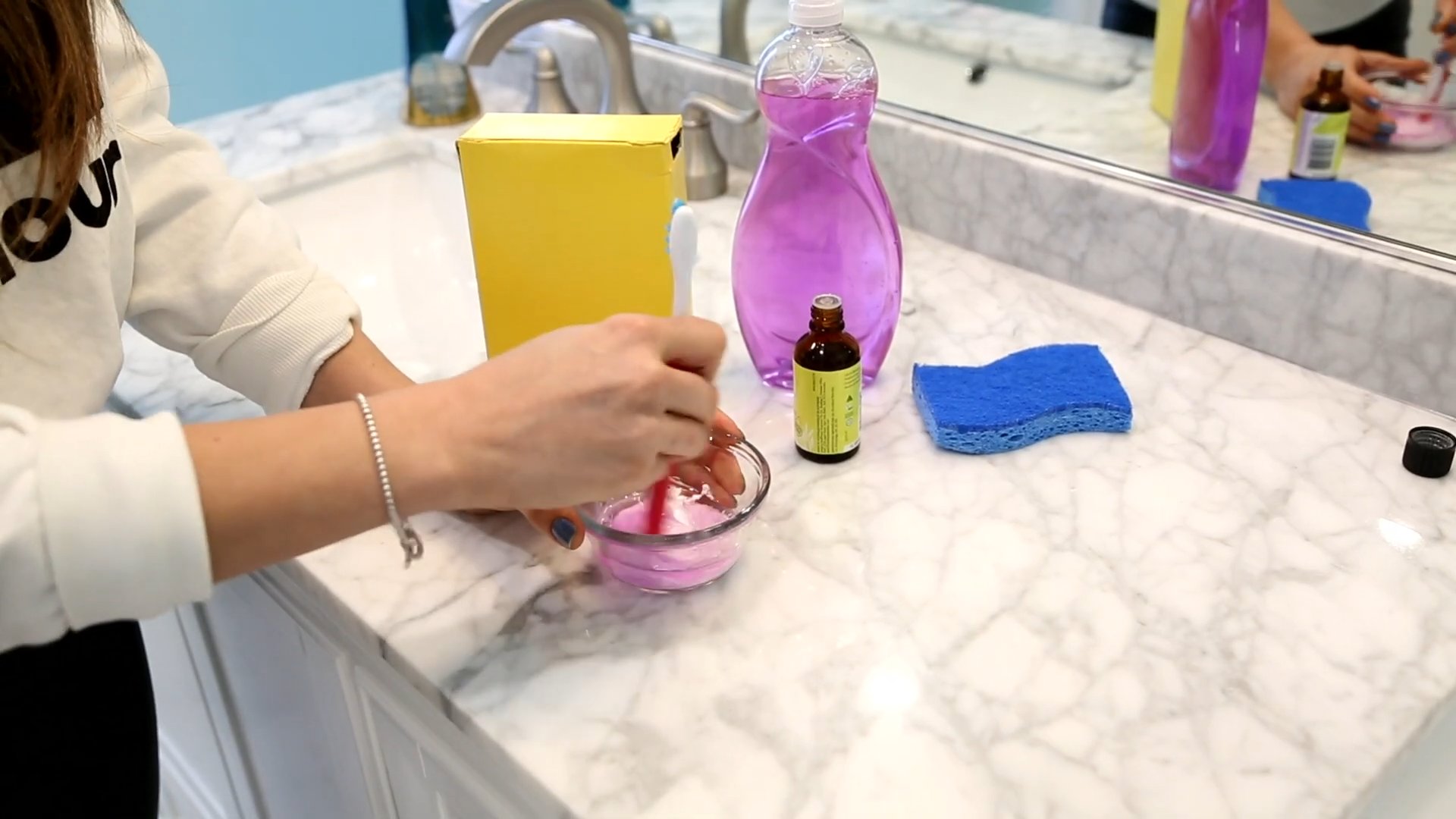
Grow Your Own Bok Choy Indoors: A Beginner’s Guide
Hey there, fellow plant enthusiasts! Ever thought about growing your own fresh, crisp bok choy right in your kitchen? It’s easier than you might think, and trust me, nothing beats the taste of homegrown veggies. I’ve been doing this for a while now, and I’m excited to share my secrets with you. Let’s dive in!
What You’ll Need
Before we get started, let’s gather all the necessary supplies. Having everything ready beforehand will make the whole process smoother and more enjoyable.
* **Bok Choy Seeds:** You can find these at most garden centers or online. Look for varieties specifically suited for container gardening, like ‘Dwarf Pak Choi’ or ‘Toy Choi’.
* **Containers:** Choose pots that are at least 6 inches deep and wide. Bok choy needs room for its roots to grow. I personally prefer using rectangular containers as they allow me to plant multiple bok choy plants together.
* **Potting Mix:** Use a high-quality, well-draining potting mix. Avoid using garden soil, as it can compact and hinder drainage. I usually go for a mix that contains peat moss, perlite, and vermiculite.
* **Grow Lights (Optional but Recommended):** While bok choy can tolerate some shade, it thrives in bright light. If you don’t have a sunny windowsill, grow lights are a fantastic investment.
* **Watering Can or Spray Bottle:** For gentle watering.
* **Fertilizer:** A balanced liquid fertilizer, diluted to half strength, will provide your bok choy with the nutrients it needs.
* **Seed Starting Tray (Optional):** If you prefer to start your seeds indoors before transplanting.
Getting Started: Planting Your Bok Choy
This is where the magic begins! We’ll start by planting the seeds and creating the perfect environment for them to germinate.
1. **Prepare Your Containers:** Fill your containers with the potting mix, leaving about an inch of space at the top. Gently pat down the soil to remove any air pockets.
2. **Sow the Seeds:** Sprinkle the bok choy seeds evenly over the surface of the soil. Aim for about 2-3 seeds per inch.
3. **Cover the Seeds:** Lightly cover the seeds with a thin layer of potting mix, about ¼ inch deep.
4. **Water Gently:** Use a watering can or spray bottle to gently moisten the soil. Avoid overwatering, as this can cause the seeds to rot. The soil should be damp, not soggy.
5. **Create a Humid Environment (Optional):** To help with germination, you can cover the containers with a plastic wrap or a humidity dome. This will trap moisture and create a warm, humid environment.
6. **Place in a Warm Location:** Place the containers in a warm location, ideally around 65-75°F (18-24°C).
7. **Wait for Germination:** Bok choy seeds typically germinate within 5-7 days. Once the seedlings emerge, remove the plastic wrap or humidity dome.
Caring for Your Bok Choy Seedlings
Now that your bok choy seedlings have sprouted, it’s time to provide them with the care they need to grow strong and healthy.
1. **Provide Adequate Light:** Bok choy needs at least 6 hours of bright light per day. If you’re growing your bok choy indoors, a sunny windowsill facing south or west is ideal. If you don’t have enough natural light, use grow lights. Position the grow lights a few inches above the seedlings and keep them on for 12-14 hours per day.
2. **Water Regularly:** Keep the soil consistently moist, but not soggy. Water when the top inch of soil feels dry to the touch. Avoid overwatering, as this can lead to root rot. I usually water my bok choy every 2-3 days, depending on the temperature and humidity.
3. **Thin the Seedlings:** Once the seedlings have developed a few true leaves, thin them out so that they are spaced about 2-3 inches apart. This will give them enough room to grow and prevent overcrowding. To thin the seedlings, simply snip off the weaker ones at the base with a pair of scissors.
4. **Fertilize Regularly:** Feed your bok choy seedlings with a balanced liquid fertilizer, diluted to half strength, every 2-3 weeks. This will provide them with the nutrients they need to grow strong and healthy.
5. **Monitor for Pests and Diseases:** Keep an eye out for pests and diseases, such as aphids, slugs, and fungal infections. If you notice any problems, take action immediately. You can usually control pests with insecticidal soap or neem oil. For fungal infections, improve air circulation and avoid overwatering.
Transplanting (If You Started in a Seed Tray)
If you started your seeds in a seed tray, you’ll need to transplant them into larger containers once they’ve developed a few true leaves.
1. **Prepare Your Containers:** Fill your containers with the potting mix, leaving about an inch of space at the top.
2. **Gently Remove the Seedlings:** Carefully remove the seedlings from the seed tray, being careful not to damage the roots. You can use a small trowel or your fingers to gently loosen the soil around the seedlings.
3. **Plant the Seedlings:** Plant the seedlings in the containers, spacing them about 4-6 inches apart. Make sure the top of the root ball is level with the surface of the soil.
4. **Water Thoroughly:** Water the seedlings thoroughly after transplanting.
5. **Provide Shade:** For the first few days after transplanting, provide the seedlings with some shade to help them adjust to their new environment.
Harvesting Your Bok Choy
The best part! Harvesting your own bok choy is incredibly rewarding.
1. **When to Harvest:** You can start harvesting your bok choy when the leaves are about 4-6 inches long. This usually takes about 30-45 days from planting.
2. **How to Harvest:** You can harvest the entire plant at once by cutting it off at the base with a sharp knife. Alternatively, you can harvest individual leaves as needed, starting with the outer leaves. This will allow the plant to continue producing new leaves.
3. **Enjoy Your Harvest:** Wash your bok choy thoroughly and enjoy it in salads, stir-fries, soups, or any other dish you like. Freshly harvested bok choy tastes amazing!
Troubleshooting Tips
Even with the best care, you might encounter some challenges along the way. Here are a few common problems and how to solve them:
* **Leggy Seedlings:** If your seedlings are tall and spindly, they’re not getting enough light. Move them to a brighter location or use grow lights.
* **Yellowing Leaves:** Yellowing leaves can be a sign of overwatering, underwatering, or nutrient deficiency. Check the soil moisture and adjust your watering accordingly. If the problem persists, fertilize your bok choy with a balanced liquid fertilizer.
* **Pests:** Aphids, slugs, and other pests can damage your bok choy plants. Inspect your plants regularly and take action immediately if you notice any problems. Insecticidal soap and neem oil are effective treatments for many common pests.
* **Bolting:** Bolting (premature flowering) can occur if your bok choy is exposed to high temperatures or long days. To prevent bolting, try to keep your bok choy in a cool, shaded location.
Extra Tips for Success
Here are a few extra tips to help you grow the best bok choy possible:
* **Rotate Your Crops:** If you’re growing bok choy in the same containers year after year, rotate your crops to prevent soilborne diseases.
* **Use Companion Plants:** Plant bok choy with companion plants like lettuce, spinach, and radishes to help deter pests and improve growth.
* **Keep the Soil Clean:** Remove any dead or decaying leaves from the soil to prevent fungal infections.
* **Have Fun!** Growing your own bok choy should be a fun and rewarding experience. Don’t be afraid to experiment and try new things.
Growing bok choy indoors is a fantastic way to enjoy fresh, healthy vegetables year-round. With a little bit of care and attention, you can have a thriving bok choy garden right in your home. Happy gardening!
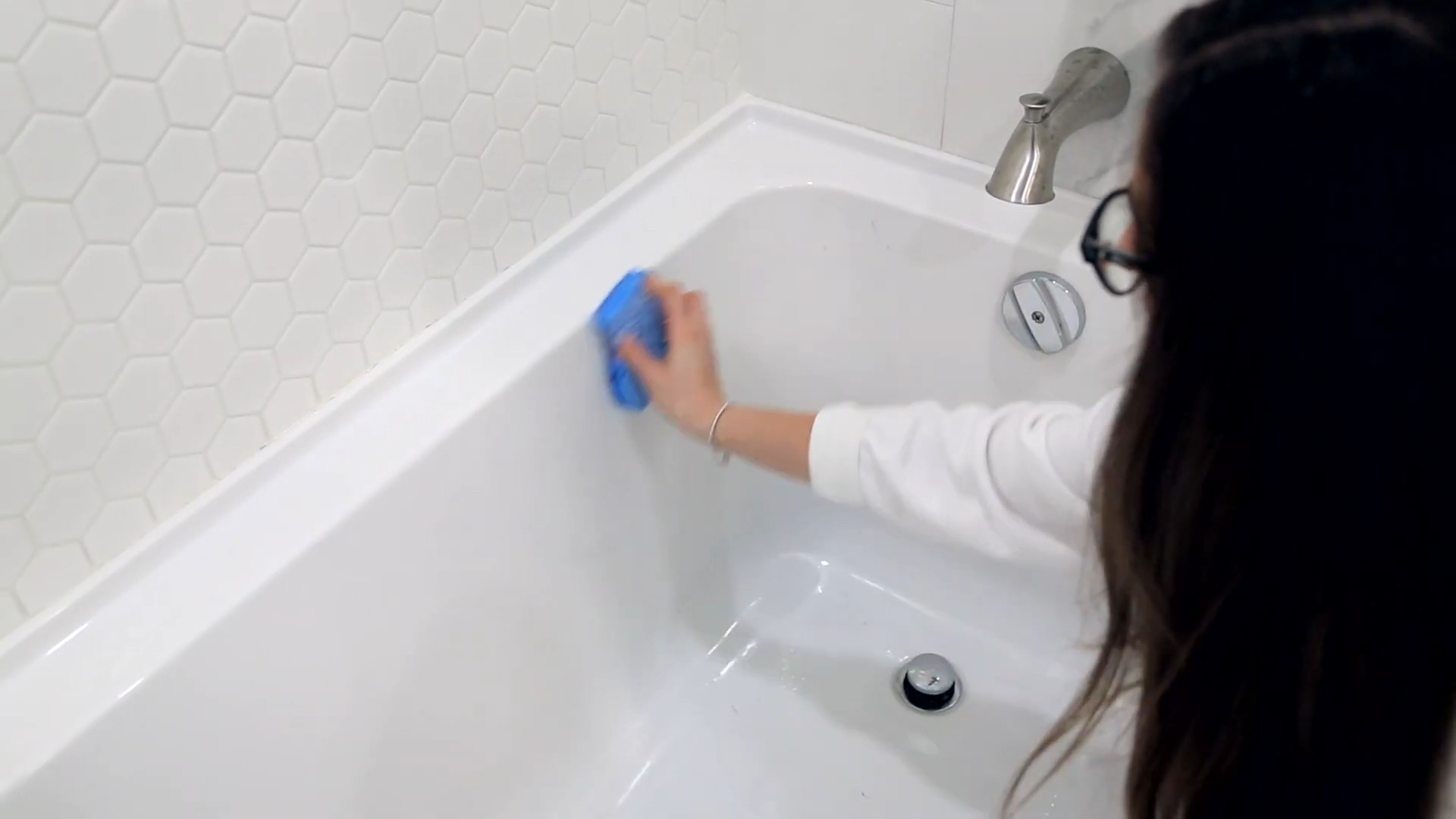
Conclusion
So, there you have it! Growing your own bok choy indoors is not only achievable, but it’s also a deeply rewarding experience. Forget those limp, overpriced heads of bok choy at the grocery store. Imagine stepping into your kitchen and harvesting crisp, vibrant leaves whenever you need them. This DIY trick transforms your windowsill into a miniature farm, providing you with a constant supply of fresh, nutritious greens.
Why is this a must-try? Because it puts you in control. You control the quality of the soil, the amount of sunlight, and the absence of harmful pesticides. You know exactly where your food is coming from, and that peace of mind is priceless. Plus, it’s incredibly satisfying to nurture a plant from seed to harvest. There’s a certain magic in watching those tiny sprouts emerge and slowly transform into leafy greens ready for your stir-fries, soups, and salads.
But the benefits don’t stop there. Growing bok choy indoors is also a fantastic way to add a touch of green to your living space, especially during the colder months when outdoor gardening is impossible. It’s a simple yet effective way to brighten up your home and connect with nature, even when you’re stuck inside.
Looking for variations? Absolutely! Experiment with different varieties of bok choy. Baby bok choy is perfect for quick salads, while larger varieties are ideal for cooking. You can also try growing other Asian greens alongside your bok choy, such as gai lan or tatsoi, to create a diverse and flavorful indoor garden. Consider using different types of containers, from traditional pots to repurposed containers like plastic tubs or even old teacups for a whimsical touch. Hydroponics is another option for growing bok choy indoors, offering a soil-free alternative that can be particularly efficient.
Don’t be afraid to experiment with lighting. While a sunny windowsill is ideal, you can supplement with grow lights if needed, especially during the winter months. LED grow lights are energy-efficient and provide the full spectrum of light that plants need to thrive.
We wholeheartedly encourage you to give this DIY trick a try. It’s easier than you might think, and the rewards are well worth the effort. Start small, be patient, and don’t be afraid to make mistakes. Gardening is a learning process, and every failure is an opportunity to improve.
Once you’ve harvested your first batch of homegrown bok choy, we’d love to hear about your experience! Share your photos, tips, and tricks in the comments below. Let’s create a community of indoor bok choy growers and inspire others to embrace the joy of homegrown food. This method of growing **bok choy indoors** is a game changer for fresh produce access.
Frequently Asked Questions (FAQ)
What is the best time of year to start growing bok choy indoors?
You can start growing bok choy indoors at any time of year! Because you’re controlling the environment, you’re not limited by seasonal changes. However, you might find that bok choy grows slightly faster during the spring and summer months due to the increased natural light. If you’re growing during the fall and winter, you may need to supplement with grow lights to ensure your plants get enough light.
How much sunlight does bok choy need when grown indoors?
Bok choy thrives in bright, indirect sunlight. Aim for at least 6 hours of sunlight per day. A south-facing windowsill is often ideal, but an east- or west-facing window can also work. If you don’t have access to enough natural light, consider using grow lights. Position the lights about 6-12 inches above the plants and keep them on for 12-16 hours per day.
What kind of soil should I use for growing bok choy indoors?
Use a well-draining potting mix that is rich in organic matter. A mix of peat moss, perlite, and vermiculite is a good option. You can also add compost to the soil to provide extra nutrients. Avoid using garden soil, as it can be too heavy and may contain pests or diseases.
How often should I water my indoor bok choy plants?
Water your bok choy plants regularly, keeping the soil consistently moist but not waterlogged. Check the soil moisture by sticking your finger about an inch into the soil. If it feels dry, it’s time to water. Water deeply, allowing the excess water to drain out of the bottom of the pot. Avoid overwatering, as this can lead to root rot.
How long does it take for bok choy to grow indoors?
Bok choy is a relatively fast-growing vegetable. You can typically harvest baby bok choy in about 30 days, and mature bok choy in about 45-60 days. The exact time will depend on the variety of bok choy, the growing conditions, and your personal preferences.
What are some common pests and diseases that affect indoor bok choy?
Common pests that can affect indoor bok choy include aphids, spider mites, and whiteflies. Check your plants regularly for signs of infestation, such as small insects, webbing, or yellowing leaves. You can control these pests by spraying your plants with insecticidal soap or neem oil. Diseases that can affect indoor bok choy include fungal diseases like powdery mildew and downy mildew. These diseases are often caused by poor air circulation and excessive moisture. To prevent these diseases, ensure good air circulation around your plants and avoid overwatering.
Can I grow bok choy from seed indoors?
Yes, you can easily grow bok choy from seed indoors. Start by sowing the seeds in small pots or seed trays filled with seed-starting mix. Keep the soil moist and warm, and the seeds should germinate in about 5-7 days. Once the seedlings have developed a few true leaves, you can transplant them into larger pots.
How do I harvest bok choy that I’ve grown indoors?
You can harvest bok choy by cutting the entire head of the plant at the base, or by harvesting individual leaves as needed. If you harvest individual leaves, the plant will continue to produce new leaves. Harvest the leaves when they are young and tender for the best flavor.
Can I grow bok choy in a container indoors? What size container is best?
Yes, bok choy thrives in containers indoors. A container that is at least 6 inches deep and 6 inches wide is suitable for a single plant. For multiple plants, choose a larger container. Ensure the container has drainage holes to prevent waterlogging.
What are some good companion plants for bok choy grown indoors?
Good companion plants for bok choy grown indoors include herbs like dill, chamomile, and mint. These herbs can help to repel pests and attract beneficial insects. Avoid planting bok choy near members of the brassica family, such as broccoli or cabbage, as they can compete for nutrients.


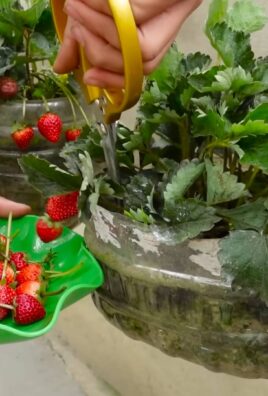
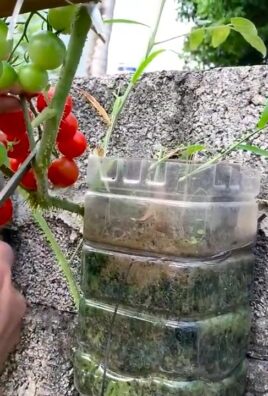
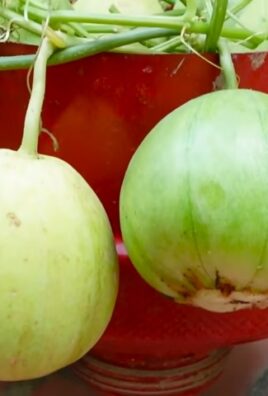
Leave a Comment